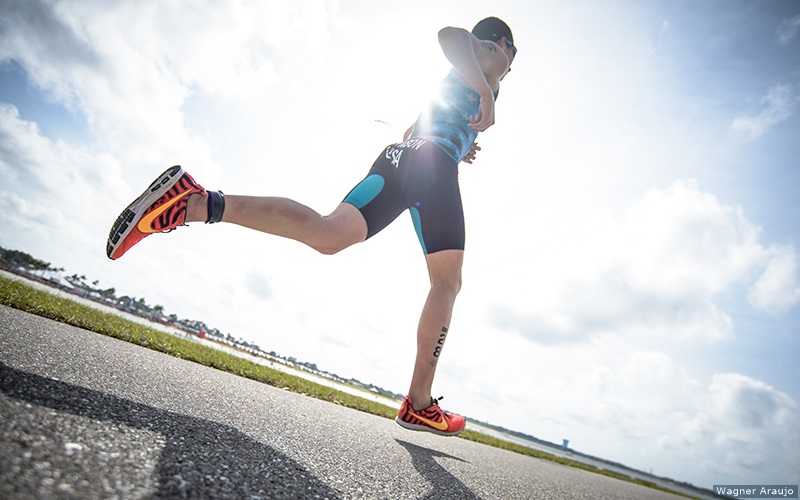Move It or Lose It: Why Exercise is Essential for Rheumatoid Arthritis


The raging autoimmune assault of rheumatoid arthritis viciously attacks healthy joint tissue, inflicting damage, pain, redness, swelling and fever, even eroding and deforming joints, impairing free movement. Given such debilitating symptoms including severe joint pain and discomfort, many arthritis sufferers strongly resist any type of exercise, fearing it may intensify joint agony or exacerbate their condition.

Discover the Immense Benefits of Moderate Exercise
Not only does it strengthen muscles, protect joints and reduce pain, but it also boosts bone density and fights osteoporosis. Plus, it improves joint mobility, flexibility, and range of motion. It effectively controls weight, boosts cardiopulmonary function, reduces fatigue and enhances sleep quality, restoring fitness, boosting health, and invigorating self-confidence and motivation. However, patients must choose exercises wisely and avoid percussive, weight-bearing and high-impact activities like boxing to prevent joint injury. Milder exercises such as stretching, jogging and swimming are more suitable.

Reasons why rheumatoid arthritis patients resist exercise
1. Flare-ups intensify joint pain, dampening motivation
Weather changes and joint pain can be a daunting combination for those with rheumatoid arthritis, discouraging patients from physical activity out of fear of worsening their condition. Understanding that the increased sensitivity to pain is just temporary can help you push through and reap the benefits of exercise.
2. Inadequate treatment inhibits progress
While rheumatoid arthritis has no cure, timely treatment can suppress symptoms. Combining medication with physiotherapy to restore joint function and establish an exercise regimen helps prevent muscle loss, boosts mobility, and alleviates arthritic symptoms.
If rheumatic pain persists, seek medical advice from a specialist as soon as possible.
Related Brands


